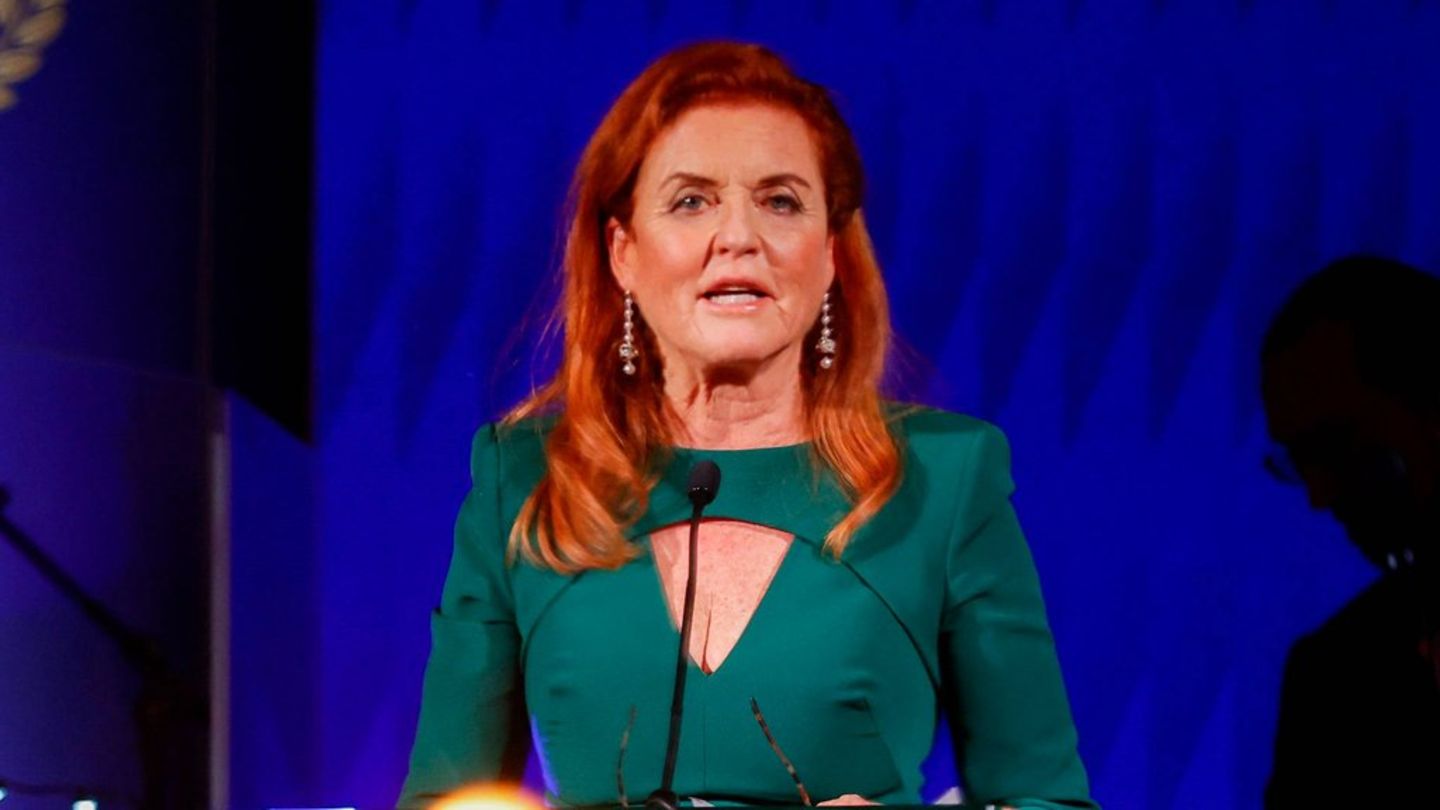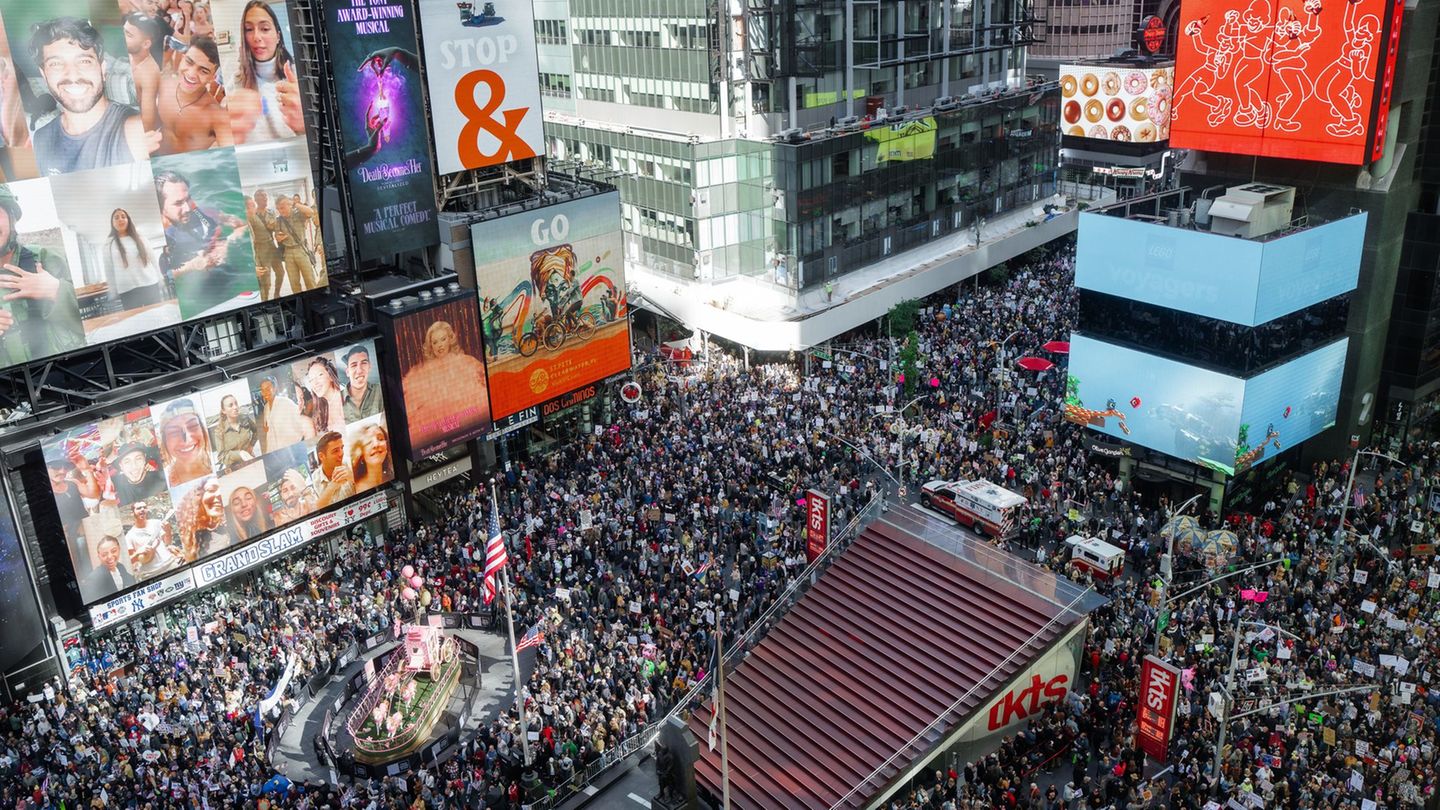Israel and the Palestinian Islamist movement Hamas continued their war today, on the second day of attacks after the end of a week of truce and despite international pressure to extend the agreement.
The Ministry of Health of the Gaza Strip, controlled by Hamas, stated that 240 people have died and 650 have been injured since hostilities restarted yesterday, with their epicenter in the north of the enclave, although several bombings were also reported today in the south. .
“We are now attacking military targets throughout the Gaza Strip,” said Jonathan Conricus, spokesman for the Israeli Defense Forces (IDF), stating that the army has attacked more than 400 “terrorist targets” in the Palestinian territory since the end of the agreement.
According to Hamas, Israeli forces “targeted especially Khan Yunis” in the south of the territory, “where dozens of houses were destroyed with their inhabitants inside.”
Israeli forces confirmed that their warplanes hit “more than 50 targets in a broad strike in the Khan Younis area.”
Artillery fire and aerial bombardment were also carried out against the “northern Gaza Strip”, according to an official statement cited by the AFP news agency.
Fears of a larger regional conflict grew after the Syrian Defense Ministry reported Israeli shelling near the capital Damascus.
The Syrian Observatory for Human Rights (OSDH), an NGO with a large network of sources in Syria, stated that two fighters affiliated with the Lebanese Shiite movement Hezbollah were killed in these attacks. The Israeli military had no comment.
Previously, that group, an ally of Hamas, reported the death of two of its members in Israeli bombings in southern Lebanon, where a civilian was also killed.
This escalation of hostilities began on October 7, when Hamas militiamen burst into Israel, in a surprise attack that left 1,200 dead, mostly civilians, and 240 kidnapped, including twenty Argentines.
In response, Israel vowed to eliminate Hamas and unleashed a campaign of air and ground attacks on Gaza that the enclave’s government said left more than 15,000 people dead, most of them civilians.
The one-week temporary cessation of hostilities allowed hostages to be exchanged for Palestinian prisoners: 110 hostages were released since the beginning of the conflict, 105 of them during the truce, mostly Israeli women and minors, and a dozen of them Argentineans, and in exchange Israel He released 240 people.
However, the Israeli army said today that five of those taken by Hamas were killed and that the group is still holding “136 hostages, including 17 women and children.”
With the resumption of fighting, the Rafah border crossing between Egypt and the Gaza Strip, an entry point for humanitarian aid, was closed yesterday.
The Palestinian Red Crescent reported today that it received 50 aid trucks in Gaza through that crossing, marking a restart of assistance, although at a pre-truce level, which also allowed hundreds of vehicles to enter per day. .
Israel and Hamas accused each other of being responsible for the end of the truce.
“Hamas violated the operational pause,” the Israeli army said in a statement yesterday, after the IDF intercepted a rocket launched from Gaza.
In that same sense, Israeli Prime Minister Benjamin Netanyahu stated that the Palestinian group “violated” the agreement by “firing rockets” towards Israel.
“The Israeli government is determined to achieve the goals of the war: to free the hostages, eliminate Hamas and ensure that Gaza never again poses a threat to the people of Israel,” his office said in a statement.
For its part, Hamas blamed Israel for the end of the truce, stating that its authorities rejected “all offers” to continue the process of releasing those kidnapped during the attacks carried out on October 7 in exchange for Palestinian prisoners.
Source: Ambito




